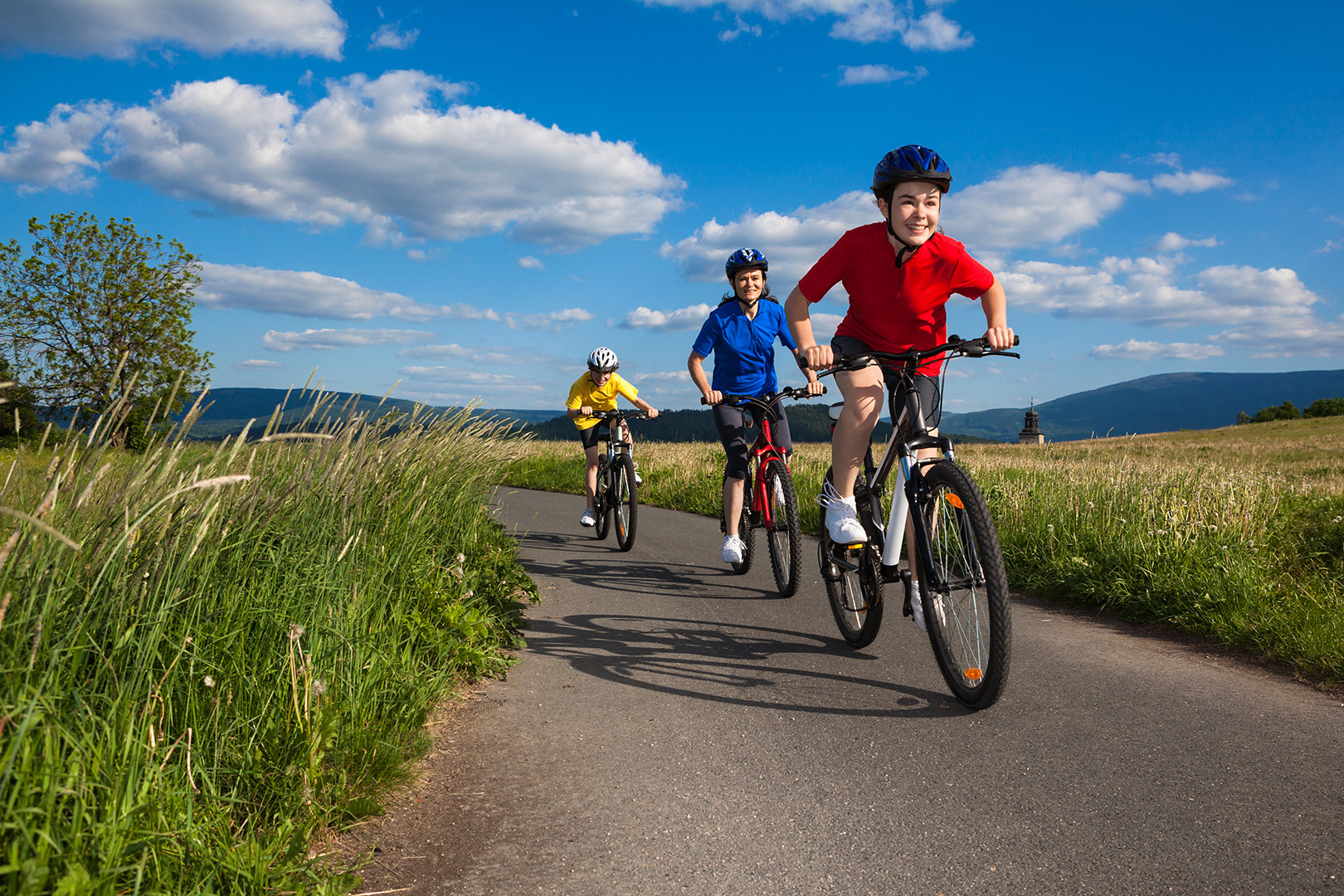
Cycling is an increasingly popular activity across the U.S. The number of people traveling to work by bike increased 60 percent in the decade after 2000. Colorado, with plains, mountains and bicycle-friendly cities, has always been a great place to ride. While it’s a healthy, earth-friendly mode of transport, it does carry risks of an accident. In fact, cyclists made up 2.2 percent of all traffic fatalities in 2016.
Each state has rules and regulations governing how bicycles ought to behave in traffic, so that the safety of both riders and motorists is protected. While there are many such rules on the books in Colorado, below are a few you may not have been aware of, even if you’ve been biking in our state for years.
Laws for Cyclists
Your location in the flow of traffic. Ride on the right, which doesn’t mean you have to ride flush with the curb, but that you should stay to the right, within the boundaries of the bike lane if one is present. Some cyclists prefer to ride a little left of center in this box of space to the right. The reason being that it makes them more visible and present to motorists passing them. Here are a few more rules related to where to ride:
- Overtake a lane if you need to, as long as doing so does not interfere with the flow of traffic. Riding in front of vehicles, in the road, is acceptable if there is no bike lane, the road is narrow or if for some other reason it is not safe to ride to the right of the cars.
- You may safely move into the left lane under limited circumstances. You may get all the way over to the left if you are turning into an intersection or driveway. Left-most travel is also acceptable if you are overtaking a vehicle, avoiding debris or hazards, or if you are traveling down a one-way road.
Riding side-by-side. If you choose to ride two cyclists abreast, you may do so only if it doesn’t impede the flow of motor vehicle and bicycle traffic. You may also ride side-by-side inside of a bike lane.
Signal a turn 100 feet in advance. When making a right or left turn, the rule is to use your hand signal continuously for 100 feet and while stopped before making the turn. Exceptions are made if you need both your hands to control your bicycle in that moment.
Laws for Motorists
Allow 3 feet while passing. When overtaking a bicycle, wait until it is safe to pass and allow at least 3 feet of distance between you and the rider.
Don’t drive distracted. Cell phone use while driving takes your eyes, hands and mind away from the road. Especially when it comes to cyclists and pedestrians, it’s important as a driver to always be aware of your surroundings so that you can avoid an accident.
Don’t honk at cyclists. The sound can be so alarming that it may cause the cyclist to swerve or lose control of the bicycle. Honking should be reserved for emergency situations involving cyclists.
Share the road courteously. Remember that bicyclists are entitled to use of the road except where expressly prohibited. With bicycling becoming a popular mode of transportation, a little patience and respect goes a long way when it comes to sharing the road.
For motorists and cyclists alike, obeying traffic signals and the rules of the road help reduce the risk of collisions. It’s also the law. When a crash does occur, a personal injury lawyer with experience in bicycle accident and injury cases can assist with a claim for compensation.















